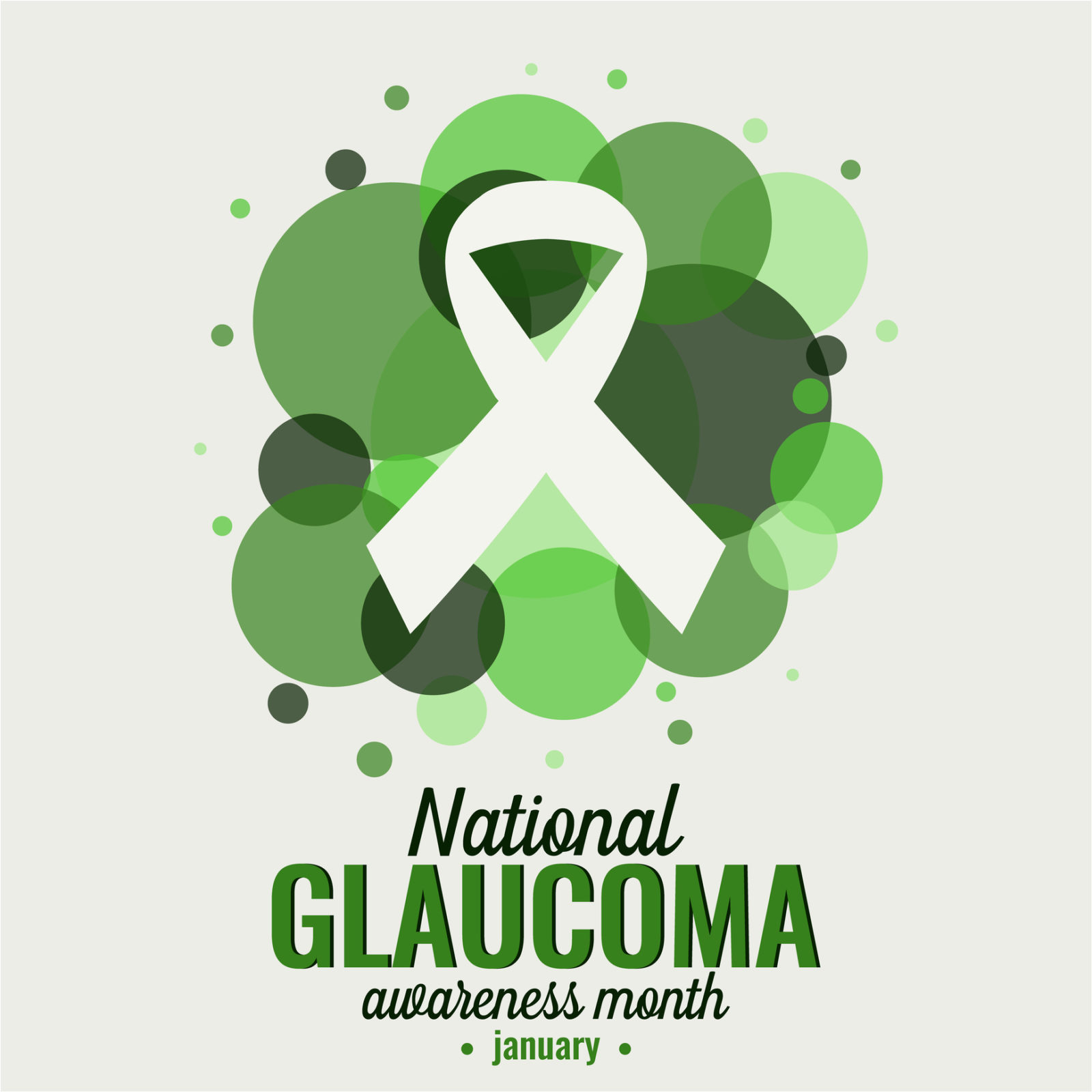January is Glaucoma Awareness Month

Here’s a good New Year’s resolution: Protect your eyesight by getting a dilated eye exam. Glaucoma Awareness Month reminds us that glaucoma is a leading cause of vision loss and blindness in the United States.
Many people don’t know that glaucoma has no symptoms in its early stages. The only way to find out if you have glaucoma is to get a comprehensive dilated eye exam. There’s no cure for glaucoma, but early treatment can often stop the damage and protect your vision.
Anyone can get glaucoma, but those at higher risk include:
- African Americans over age 40
- Everyone over age 60, especially Hispanics/Latinos
- People with a family history of the disease
What is glaucoma?
Glaucoma is a group of eye diseases that can cause vision loss and blindness by damaging a nerve in the back of your eye called the optic nerve. The symptoms can start so slowly that you may not notice them. The only way to find out if you have glaucoma is to get a comprehensive dilated eye exam.
There’s no cure for glaucoma, but early treatment can often stop the damage and protect your vision.
There are many different types of glaucoma, but the most common type in the United States is called open-angle glaucoma — that’s what most people mean when they talk about glaucoma. Other types of glaucoma are less common, like angle-closure glaucoma (which is a medical emergency) and congenital glaucoma. Read more about all the types here.
What are the symptoms?
At first, glaucoma doesn’t usually have any symptoms. That’s why half of people with glaucoma don’t even know they have it.
Over time, you may slowly lose vision, usually starting with your side (peripheral) vision — especially the part of your vision that’s closest to your nose. Because it happens so slowly, many people can’t tell that their vision is changing, especially at first.
But as the disease gets worse, you may start to notice that you can’t see things off to the side anymore. Without treatment, glaucoma can eventually cause blindness.
How will my eye doctor check for glaucoma?
Eye doctors can check for glaucoma as part of a comprehensive dilated eye exam. The exam is simple and painless — your doctor will give you some eye drops to dilate (widen) your pupil and then check your eyes for glaucoma and other eye problems. The exam includes a visual field test to check your peripheral (side) vision.
What’s the treatment?
Doctors use a few different types of treatment for glaucoma, including medicines (usually eye drops), laser treatment, and surgery. If you have glaucoma, it’s important to start treatment right away. While it won’t undo any damage to your vision, treatment can stop it from getting worse.
Courtesy National Eye Institute, National Institutes of Health (NEI/NIH).
![Family Home Health [logo]](https://www.familyhomehealthnetwork.com/wp-content/uploads/sites/250/2017/04/logo-new.png)